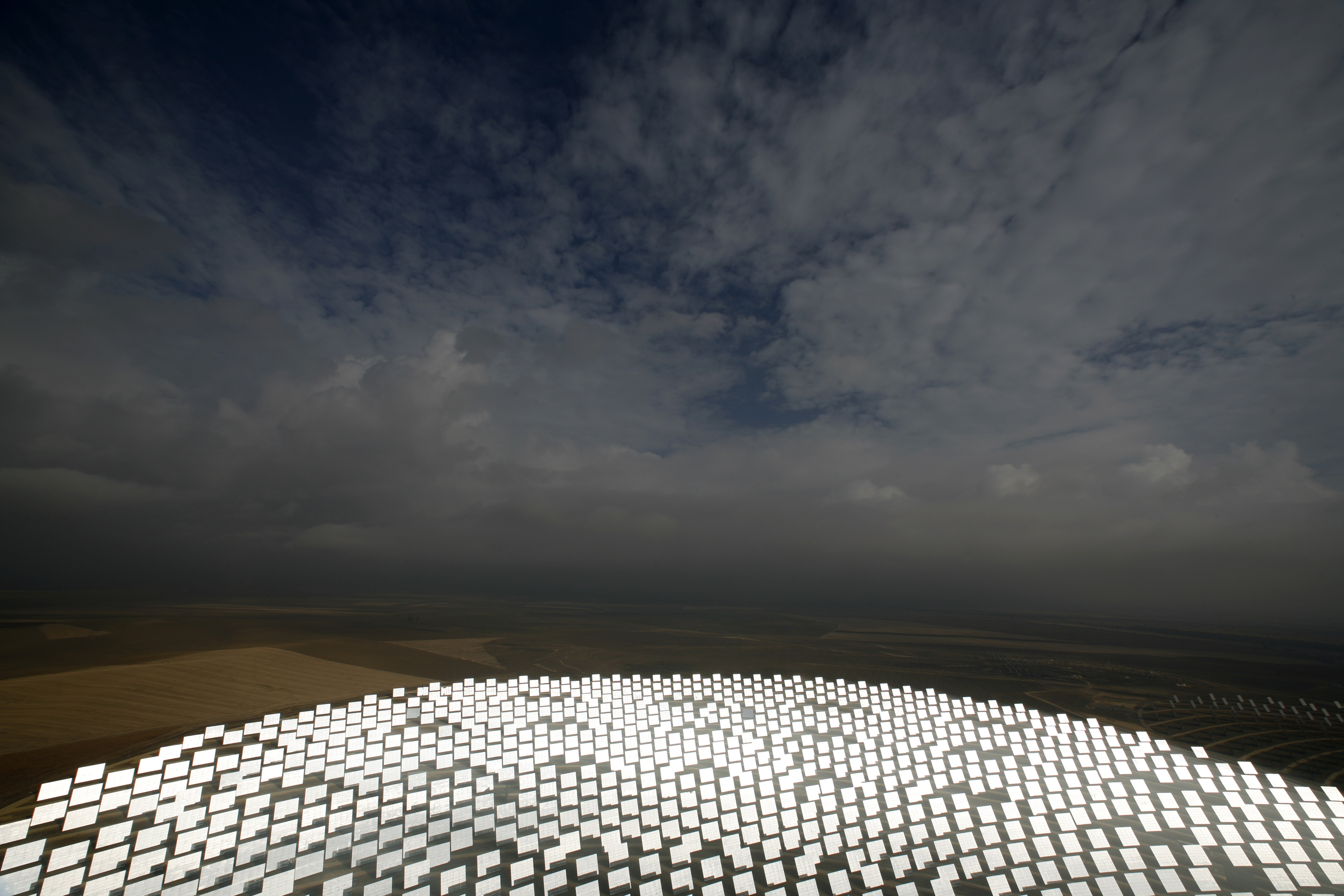Spain to launch CSP auction by end of year; US may require 39 GW of CSP to decarbonise
Our pick of the latest solar thermal news you need to know.

Related Articles
Spain set to relaunch Concentrated Solar Power market
Spain plans to launch its first specific auction for new CSP capacity in a decade by the end of December, Secretary of State for Energy, Sara Aagesen, announced October 1.
The auction will allocate 200 MW of CSP capacity, 140 MW of biomass and 20 MW of emerging technologies, local media reported, and represents Spain's third renewable energy auction this year.
Spain has indicated it will tender for around 600 MW of CSP capacity by 2025, leaving it far behind its goal to double installed CSP capacity to 4.8 GW by 2025, as set out in its National Integrated Energy and Climate Plan (PNIEC) submitted to the European Commission (EC).
Spain has 2.3 GW of installed CSP capacity but domestic build was halted in 2013 after the government replaced feed-in tariffs with regulated asset value-based payments to recoup a state deficit.
New tariff laws in 2019 guaranteed payments for operators, providing greater regulatory stability and boosting demand for CSP plant resales.
By 2030, Spain aims to reach 7.3 GW of CSP, according to the PNIEC.
US could need 39 GW of CSP to decarbonise grid
The full decarbonisation of the US power grid could require 39 GW of CSP capacity with thermal energy storage (TES) and potentially far greater levels, the US Department of Energy (DOE) said in a report published September 8.
The U.S. currently has around 2 GW of installed CSP capacity, three quarters of which is in California. President Biden aims to fully-decarbonise the power sector by 2035, a hugely ambitious target that requires a rapid acceleration of solar and wind deployment.
US solar installations must quadruple to around 60 GW/year by the middle of the decade and 70 GW/year in 2031-2035 to reduce carbon dioxide emissions in the power sector by 95%, the DOE said in its study.
To fully decarbonise by 2050, more CSP and other storage technologies will be required to dispatch power overnight and during low solar and wind periods, the DOE said in its study.
"The technologies that provide firm capacity offer greater value to the grid," the DOE said.
Under its decarbonisation scenario, "nearly 3 GW of the 28 GW of annual solar capacity additions during the 2040s are for CSP with TES," it said.
The DOE also found that the power system costs of reaching 10% of power generation from CSP - some 98 GW of CSP capacity - would be only "slightly higher" than the least-cost decarbonisation scenario.
This indicates CSP could play a far larger role "if future conditions vary from the [decarbonisation scenario assumptions], it said.
The report assumes that the cost of CSP with 12 hours of storage falls to below $50/MWh by 2030, as set out under the DOE's SunShot program. The DOE is funding the development of new third-generation CSP plants which can reach system temperatures over 700° C and achieve over 50% net thermal to energy efficiency. International CSP developers are also using new heat transfer materials and modular designs in a bid to cut costs.
Improvements in CSP technology will increase capacity factors and reduce upfront capital costs along with operations and maintenance (O&M) costs, the DOE said.
Potential CSP cost reduction pathway
(Click image to enlarge)
Source: Department of Energy's Solar Futures Study, September 2021.
US creates online database of global CSP learnings
The US Sandia National Laboratories has created an online database of global CSP learnings in a bid to accelerate the commercialisation of CSP technologies.
Sandia commissioned its Solar Thermal Test Facility (NSTTF) in Albuquerque, New Mexico in 1978 and is currently building a next-generation CSP plant at the site using $25 million of funding from the Department of Energy (DOE).
The research team has catalogued and digitised six decades of CSP documentation and made them available to the public through an online digital archive, Sandia announced October 8.
The team also worked with global CSP colleagues to document historic projects in Germany, South Africa and Australia and hopes to expand the archive to include other countries, Sandia said.
Last year, the US National Renewable Energy Laboratory (NREL) published the world's first best practices report for CSP plants.
The report set out a number of key learnings across project management, plant design, and operations. NREL researchers analyzed data and feedback from 80% of CSP plants operating worldwide, covering parabolic trough and less mature CSP tower and storage technologies.
Reuters Events

